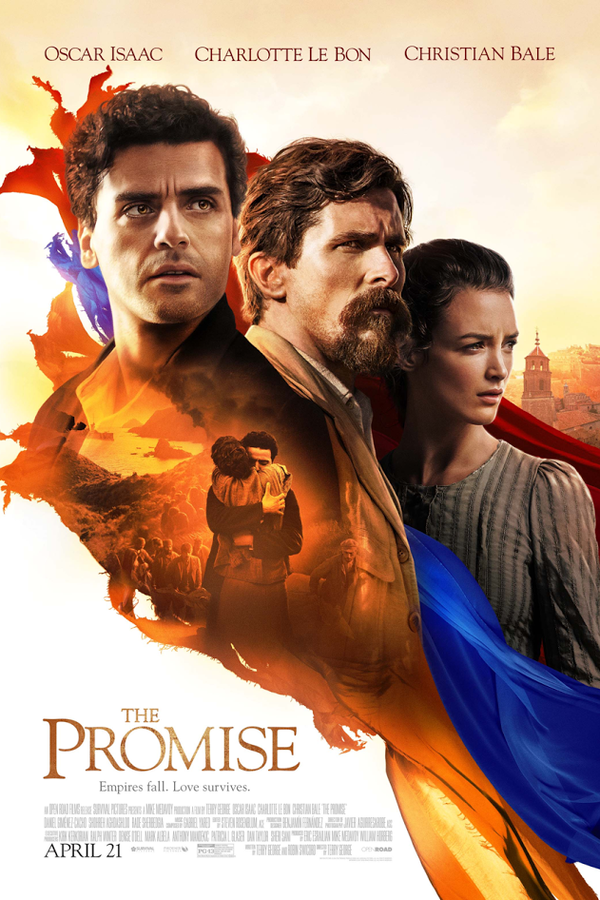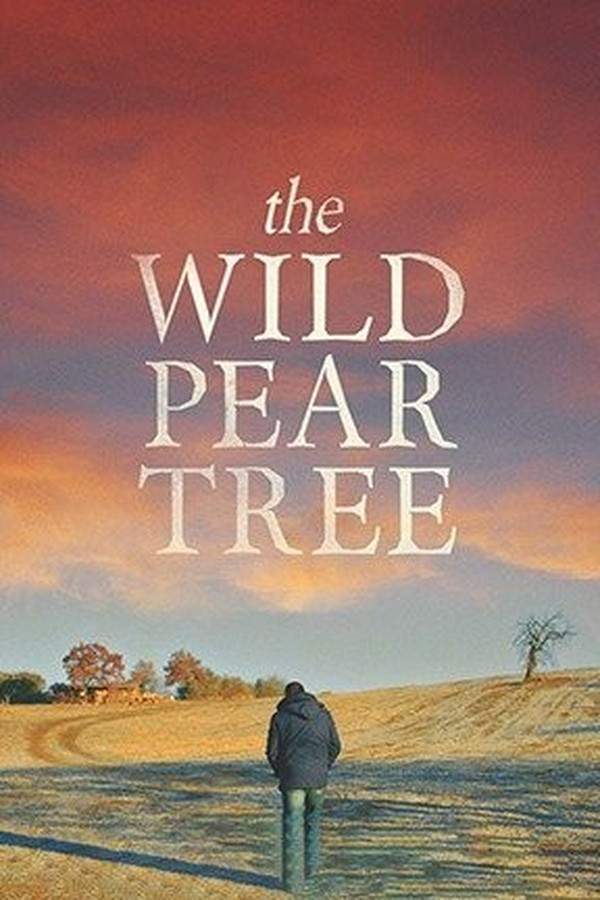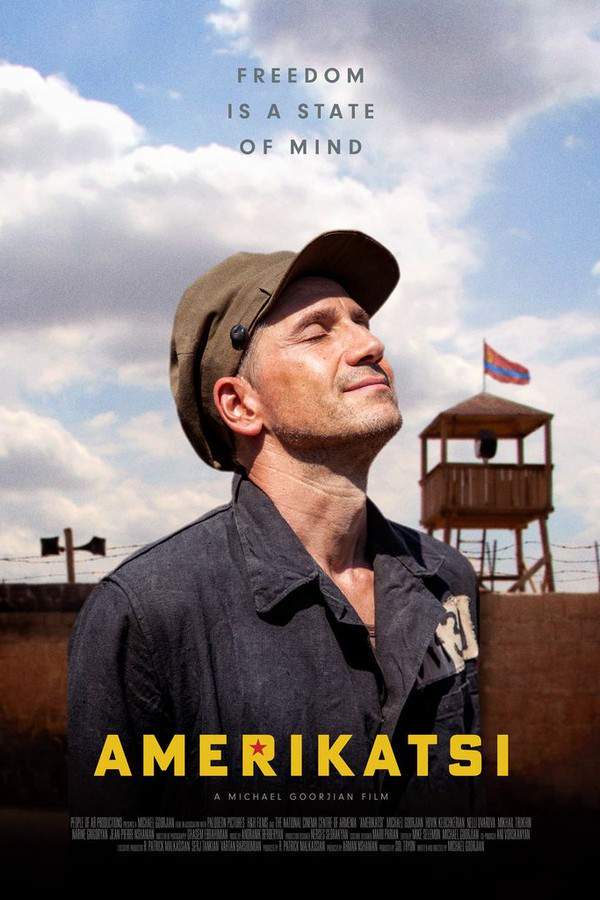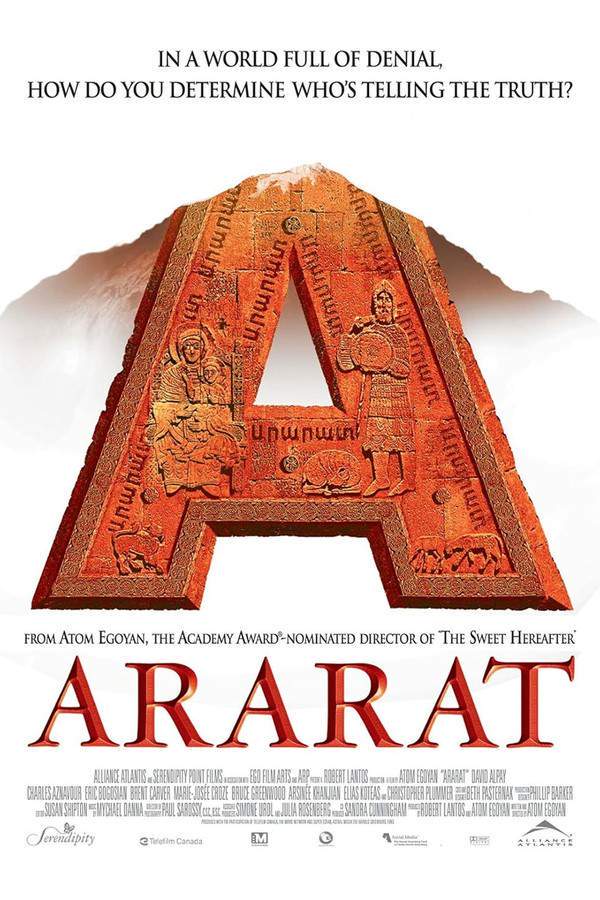
Ararat 2002
Directed by
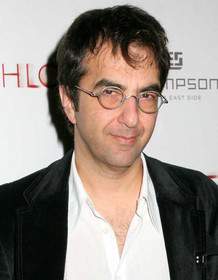
Atom Egoyan
Made by

Miramax Films
Ararat Plot Summary
Read the complete plot summary and ending explained for Ararat (2002). From turning points to emotional moments, uncover what really happened and why it matters.
Brilliantly capturing the legacy of art and the weight of history, Ararat unfolds as a remarkably deep film exploring the profound lessons of the past and the healing power of creativity. At its heart lies the haunting story of the renowned painter Arshile Gorky, whose tragic life and the atrocities of the 1915 Armenian massacre intertwine with his artistic journey.
After Gorky’s heartbreaking suicide in 1948, his spirit manifests differently for various characters, symbolizing how deeply one’s legacy can affect others. In the realm of art, Gorky is celebrated as a pivotal figure of the twentieth century, standing alongside greats like Willem de Kooning, Jackson Pollock, and Mark Rothko, whose masterpieces have shaped the Surrealism and Abstract Expressionism movements.
Within the narrative, the character of the director sees Gorky as an inspirational cultural emblem, embodying the harrowing yet rich history of his people. To Ani (Arsinee Khanjian, an art historian), Gorky serves as a captivating subject of her forthcoming book. Meanwhile, his memory evokes painful reflections for her stepdaughter Celia ([Marie-Josee Croze]), reminding her of her father’s unclear fate, while for Raffi ([David Alpay]), Gorky becomes a crucial piece in his quest for identity.
The interwoven stories culminate in a magnificent testament to Atom Egoyan’s artistry as both writer and director, showcasing how personal and collective histories mesh beautifully through the lens of art. As noted by author-poet Aberjhani, this film is more than just a narrative; it is also a poignant exploration of what art means to those who are touched by its lasting impact.
Ararat Timeline
Follow the complete movie timeline of Ararat (2002) with every major event in chronological order. Great for understanding complex plots and story progression.
Introduction to Arshile Gorky
The film opens with an introduction to Arshile Gorky, a renowned painter known for his profound impact on the art world. His life story is revealed as a combination of talent and tragedy, marked by the Armenian genocide's historical weight.
The Armenian Massacre
The narrative delves into the atrocities of the Armenian massacre of 1915, showcasing the profound effect it had on Gorky's life and work. This tragic event serves as a backdrop that influences both his artistry and personal struggles.
Gorky's Artistic Journey
As Gorky channels his pain into his art, he emerges as a key figure in the realms of Surrealism and Abstract Expressionism. His paintings reflect the chaos and beauty of his experiences, drawing attention from critics and collectors alike.
Gorky's Relationships
Throughout the film, Gorky’s relationships with those around him, such as fellow artists and family, are explored. These connections highlight how his legacy and art impact the people who love and admire him, revealing layers of emotional complexity.
Gorky's Suicide
The film poignantly portrays Gorky's tragic suicide in 1948, marking a significant turning point. His death leaves a profound emptiness, influencing the perceptions and lives of those left behind.
A Legacy in Spirits
Following Gorky's death, the narrative reveals how his spirit manifests in the lives of various characters. Each individual perceives his legacy differently, from inspiration to painful reminders of loss.
The Director's Admiration
The character of the director views Gorky as a cultural emblem, representing the struggles and richness of Armenian history. This perspective drives the narrative, emphasizing the importance of remembering one's heritage through art.
Ani's Book Project
Ani, an art historian, finds herself captivated by Gorky as she prepares for her upcoming book. She immerses herself in his life and work, showcasing how his legacy continues to inspire scholarly exploration.
Celia's Reflection
Celia, Gorky's stepdaughter, experiences complex emotions as she confronts her father’s unclear fate through his memories. This struggle highlights the personal repercussions of Gorky's choices and the impact on family dynamics.
Raffi's Quest for Identity
Raffi connects with Gorky's life as a means of exploring his own identity. His journey intertwines with Gorky’s legacy, reflecting how art can be a catalyst for personal understanding and connection to cultural roots.
Gorky Among Art Titans
The film draws comparisons between Gorky and other art giants like Willem de Kooning and Mark Rothko. This placement underscores Gorky's essential role in shaping modern art movements and his lasting influence.
Intersection of Personal and Collective Histories
As the stories unfold, they beautifully illustrate how personal and collective histories are intertwined through art. The film conveys that creativity serves as a healing mechanism for both individuals and communities grappling with trauma.
The Film's Conclusion
The narrative concludes with a testament to Atom Egoyan’s artistry, cementing the film as both a historical recount of Gorky’s life and a commentary on the role of art in society. It invites viewers to reflect on the profound impact of creativity on healing.
Final Reflections
As the credits roll, the audience is left with a poignant exploration of what art signifies for those touched by its influence. The film serves as a lasting reminder of the power of creativity to articulate human experience and memory.
Ararat Characters
Explore all characters from Ararat (2002). Get detailed profiles with their roles, arcs, and key relationships explained.
Arshile Gorky
A pivotal figure in 20th-century art, Gorky's tragic life is a tapestry of suffering and creativity. His experiences during the Armenian massacre and subsequent personal losses fuel his work, making him a haunting emblem of resilience in the face of adversity.
Ani
An art historian who finds in Gorky a compelling subject for her book. Ani’s journey offers insights into the intertwining of personal narratives with broader historical contexts, showcasing her deep appreciation for the emotional resonance of art.
Celia
Celia embodies the personal struggles faced by those who grapple with their family's past. Through her reflections on Gorky, she confronts her own unresolved feelings regarding her father's fate, demonstrating the intricate ties between identity and history.
Raffi
A character on a quest for identity, Raffi sees Gorky as a crucial link to understanding his heritage. His journey mirrors the film’s exploration of how art can serve as a bridge between personal and collective histories.
Ararat Settings
Learn where and when Ararat (2002) takes place. Explore the film’s settings, era, and how they shape the narrative.
Time period
1940s
Set primarily in the 1940s, the film reflects a tumultuous period in history where the shadows of past atrocities loom large. This era is marked by profound artistic movements and personal tragedies, shaping the narratives of those influenced by Gorky's life and legacy.
Location
Armenia, New York
The film highlights the remnants of Armenian culture and history, particularly focusing on the legacy of the Armenian massacre of 1915. New York serves as a backdrop for Gorky's life and artistic evolution, symbolizing a place where art flourishes amidst personal sorrow.
Ararat Themes
Discover the main themes in Ararat (2002). Analyze the deeper meanings, emotional layers, and social commentary behind the film.
🖌️
Art and Legacy
The film explores the deep connection between art and personal legacy, illustrating how one individual’s life can resonate across generations. Gorky's artistic journey serves as a lens through which characters reflect on their own identities, emphasizing the healing power of creativity.
🕊️
Loss and Healing
Through the tragic story of Gorky's life and suicide, the film delves into themes of loss and the quest for healing. Characters grapple with their own histories, finding solace or deeper pain in Gorky's legacy, showcasing the complex relationship between suffering and artistic expression.
Ararat Spoiler-Free Summary
Discover the spoiler-free summary of Ararat (2002). Get a concise overview without any spoilers.
In a world where memory and art coexist on a delicate precipice, a filmmaker embarks on an ambitious project to capture the forgotten echoes of a tragedy that reshaped his ancestors’ lives. Guided by a blend of archival footage and newly imagined scenes, he seeks not only to document history but to weave a personal tapestry that bridges the past with the present. The film‑within‑a‑film premise establishes a contemplative mood, inviting viewers into a space where documentary rigor meets lyrical imagination.
The narrative’s heart beats through the lives of those drawn into the director’s quest. Ani, an art historian with a keen eye for the intersections of culture and trauma, becomes both scholar and confidante, offering insight into the artistic legacy that fuels the project. Celia, her step‑daughter, carries her own quiet weight of family stories, her presence hinting at generational currents that run beneath the surface. Raffi, a young man searching for identity, finds in the filmmaker’s work a mirror for his own unresolved questions, his curiosity sparking subtle tension and connection.
Interlaced with these personal threads is the specter of a celebrated painter whose life and work echo the film’s themes. Though his name is spoken in reverent tones, it serves more as a symbolic conduit than a plot mechanism, reminding all characters of the enduring power of creative expression to hold memory aloft. The tone remains meditative, punctuated by moments of quiet wonder as the director navigates archival archives, bustling studios, and intimate conversations, each scene layered with a palpable sense of reverence.
Through its measured pacing and richly textured visual language, the story invites an audience to contemplate the fragile act of remembering. The atmosphere is one of gentle curiosity, where every frame feels like a brushstroke on a larger canvas, and the characters’ intertwined journeys promise a deeper exploration of identity, heritage, and the healing possibilities that art can offer.
Movies with Similar Twists and Themes
Uncover films that echo the narrative beats, emotional arcs, or dramatic twists of the one you're exploring. These recommendations are handpicked based on story depth, thematic resonance, and spoiler-worthy moments — perfect for fans who crave more of the same intrigue.
Featured on this page

What's After the Movie?
Not sure whether to stay after the credits? Find out!
Explore Our Movie Platform
New Movie Releases (2025)
Famous Movie Actors
Top Film Production Studios
Movie Plot Summaries & Endings
Major Movie Awards & Winners
Best Concert Films & Music Documentaries
Movie Collections and Curated Lists
© 2025 What's After the Movie. All rights reserved.


